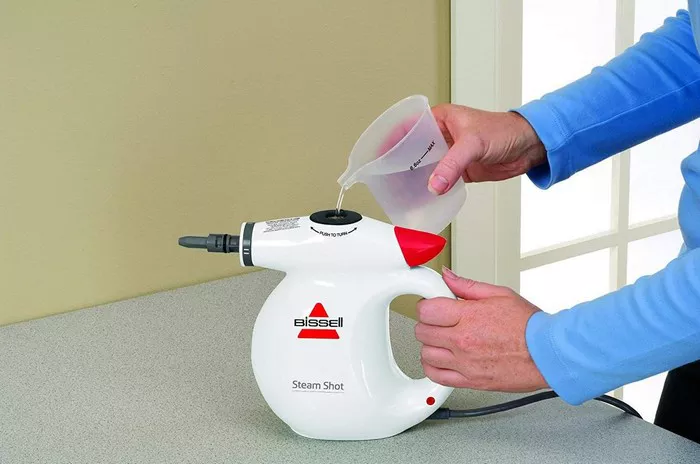In the pursuit of cleanliness and sanitation, steam cleaners have emerged as powerful tools in our household arsenal. Their ability to effortlessly lift grime and kill germs with the power of steam is unparalleled. However, not all surfaces are created equal, and not every cleaning task is suitable for a steam cleaner. Understanding what you should avoid using a steam cleaner on is essential to prevent damage and preserve the integrity of your belongings. Let’s delve into the intricacies of this topic to ensure your cleaning endeavors are both effective and safe.
Unsealed Floors:
Unsealed wood and other porous floor types may seem like prime candidates for steam cleaning, but the reality is quite the opposite. The excessive moisture generated by steam cleaners can seep into the porous surface, causing warping, swelling, and irreversible damage. Without a protective sealant, these materials lack the barrier necessary to withstand the onslaught of steam. It’s crucial to opt for alternative cleaning methods to avoid compromising the structural integrity of your floors.
Painted Surfaces:
While steam cleaners excel at removing stubborn dirt and grime, they can spell disaster for painted surfaces. The heat generated by steam can cause water-based paint to soften, blister, peel, or crack, resulting in unsightly damage. Whether it’s walls, furniture, or decorative accents, exercise caution when considering steam cleaning painted surfaces. Opting for gentler cleaning methods tailored to the specific requirements of painted finishes will help preserve their pristine appearance.
Delicate Materials:
Velour upholstery, silk, and other delicate materials are prized for their luxurious texture and appearance. However, they are particularly susceptible to damage from the heat and moisture produced by steam cleaners. The intense steam can cause fibers to shrink, warp, or lose their shape, irreversibly altering the fabric’s texture and appearance. When it comes to cleaning delicate materials, err on the side of caution and choose cleaning methods that are gentle and non-invasive.
Cold Window Glass:
Steam cleaning cold window glass may seem like a convenient solution for removing stubborn stains and streaks. However, the extreme temperature difference between the cold glass and the hot steam can lead to thermal shock, causing the glass to crack or shatter. To avoid the risk of damage, it’s advisable to either allow the glass to reach room temperature before steam cleaning or opt for alternative cleaning methods that pose no threat to the integrity of the glass.
Porous Surfaces:
Materials such as marble, stucco, and masonry possess inherent porosity, making them susceptible to moisture absorption. While steam cleaners excel at lifting dirt and grime from surfaces, they can inadvertently introduce excess moisture into porous materials, creating an ideal environment for mold and mildew growth. To safeguard against potential damage and health hazards, refrain from using steam cleaners on porous surfaces and instead opt for cleaning methods that are better suited to their unique properties.
Waxed or Polished Items:
Waxes and polishes are applied to surfaces to enhance their appearance and provide a protective barrier against dirt and moisture. However, the heat generated by steam cleaners can strip away these protective coatings, leaving surfaces vulnerable to damage and deterioration. Whether it’s hardwood floors, furniture, or automotive finishes, avoid steam cleaning waxed or polished items to preserve their luster and longevity. Instead, opt for cleaning methods that are compatible with the existing finish to maintain its integrity.
Antiques:
Antiques possess a timeless beauty and historical significance that make them prized possessions in any home. However, their delicate finishes and materials require special care and attention when it comes to cleaning. Steam cleaning can be particularly damaging to antiques, as the heat and moisture can degrade fragile finishes and weaken structural components. To safeguard these valuable treasures, it’s best to avoid steam cleaning altogether and opt for gentle, non-invasive cleaning methods that respect their age and craftsmanship.
Conclusion
In conclusion, while steam cleaners offer unparalleled convenience and efficiency in tackling household cleaning tasks, not every surface is suited to their powerful capabilities. By exercising caution and understanding the limitations of steam cleaning, you can avoid costly damage and preserve the beauty and integrity of your belongings. Remember, when in doubt, always err on the side of caution and opt for gentler cleaning methods tailored to the specific requirements of your surfaces. Your home will thank you for it.

